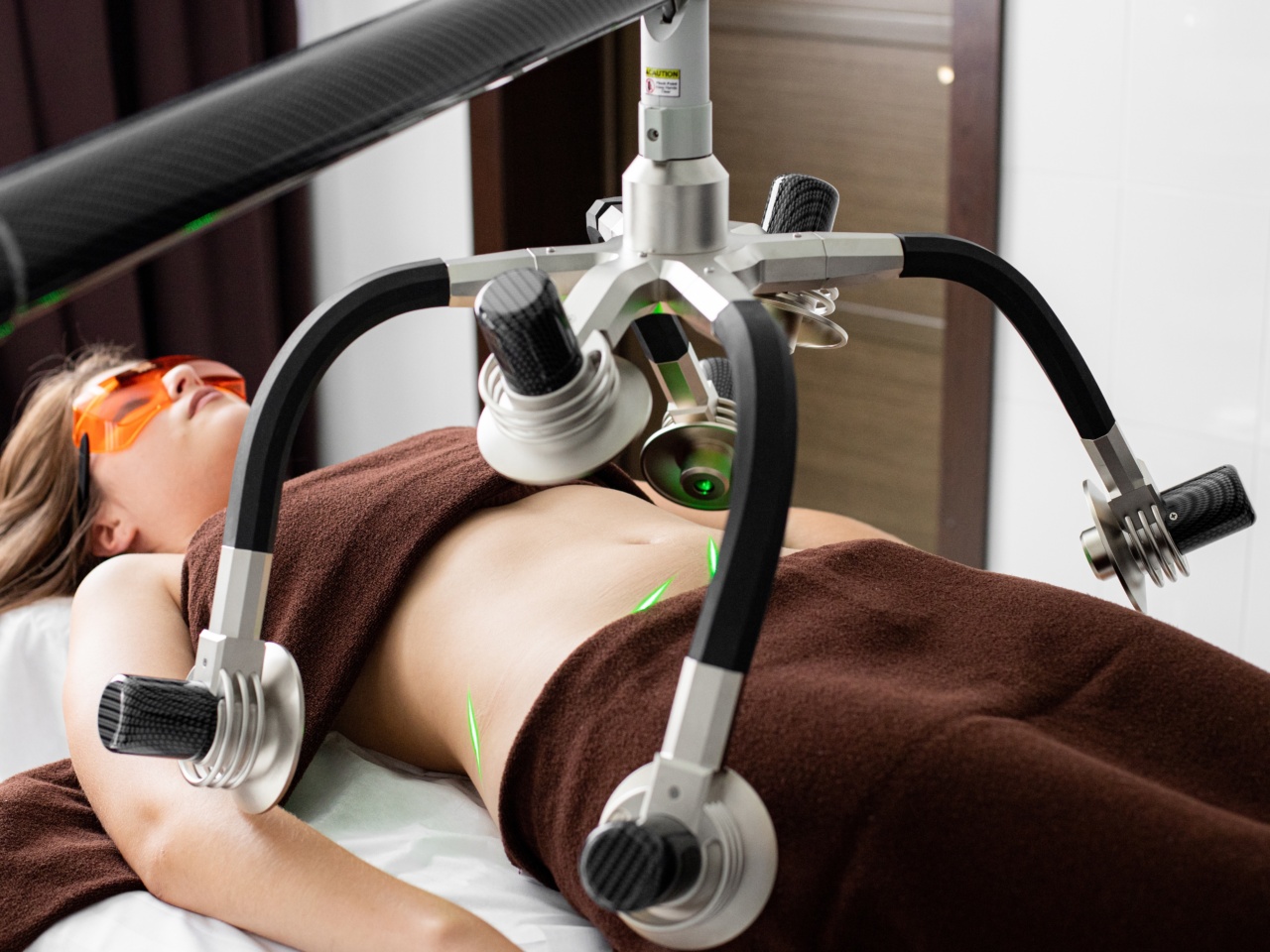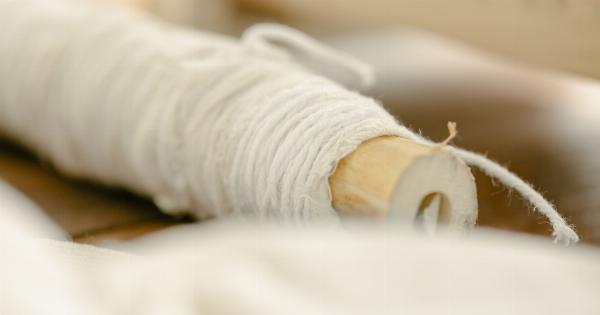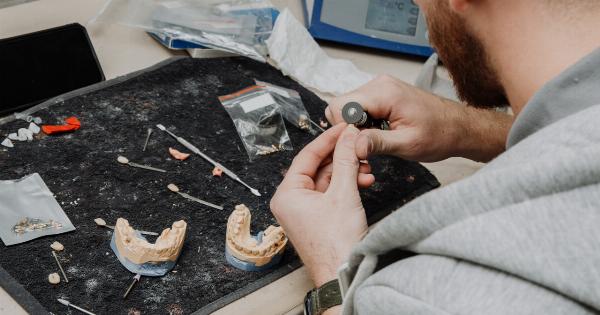Varicose veins and venous insufficiency are common conditions that can cause discomfort and potential health risks.
Fortunately, advancements in medical technology have led to new laser treatment options that offer less invasive and highly effective solutions for these conditions.
What are Varicose Veins and Venous Insufficiency?
Varicose veins are enlarged, twisted veins that are visible through the skin and usually occur in the legs. They can cause discomfort, pain, swelling, and in some cases, sores or skin ulcers.
Venous insufficiency is a condition in which the veins in the legs have trouble returning blood back to the heart, and can cause symptoms such as leg swelling, pain, and fatigue.
How Do Laser Treatments Work?
Laser treatments for varicose veins and venous insufficiency involve using laser energy to heat and damage the affected veins, causing them to close and be absorbed by the body over time.
This process redirects blood flow to healthier veins, reducing symptoms and improving overall vascular health.
Ablation Laser Therapy
Ablation laser therapy is a minimally invasive procedure that uses a laser fiber to heat and collapse the affected vein. This procedure can be performed in an outpatient setting and typically requires only a local anesthesia.
Patients can return to normal activities within a day or two after the procedure, and many report significant improvement in symptoms within a few days.
Endovenous Laser Therapy (EVLT)
Endovenous laser therapy (EVLT) is a similar procedure to ablation laser therapy, but uses a longer laser fiber and may require a small incision. This procedure can provide more targeted treatment for larger or more complex veins.
EVLT has a high success rate and minimal risk of complications.
Mechanochemical Ablation (MOCA)
Mechanochemical ablation (MOCA) is a newer laser treatment option that combines laser energy with a liquid chemical solution to create a reaction that closes the affected vein.
This approach can be particularly effective for larger or more complex veins that may be difficult to treat with other methods. MOCA has a high success rate and minimal risk of complications, and may be an ideal solution for patients who are not candidates for other laser treatments.
Benefits of Laser Treatments
Laser treatments for varicose veins and venous insufficiency offer numerous benefits over traditional surgical methods. They are minimally invasive, require only local anesthesia, and can be performed in an outpatient setting.
Patients typically experience less pain and have a faster recovery time compared to surgery, and the risk of complications is significantly lower. Additionally, laser treatments offer highly effective results, with most patients experiencing long-lasting symptom relief and improved vascular health.
Is Laser Treatment Right for You?
If you are experiencing symptoms of varicose veins or venous insufficiency, laser treatments may provide an effective solution.
However, it is important to consult with a vascular specialist to determine the best treatment option for your individual needs.
Factors that may affect your candidacy for laser treatments include the size and location of the affected veins, as well as your overall health and medical history.
Your vascular specialist can evaluate your condition and recommend the most appropriate treatment based on your individual situation.
Conclusion
Varicose veins and venous insufficiency can be uncomfortable and even potentially dangerous conditions. Fortunately, new laser treatment options offer highly effective and less invasive solutions for these conditions.
Whether you are a candidate for ablation laser therapy, endovenous laser therapy, or MOCA, these treatments offer a safer, faster, and more effective solution to traditional surgical methods.





























